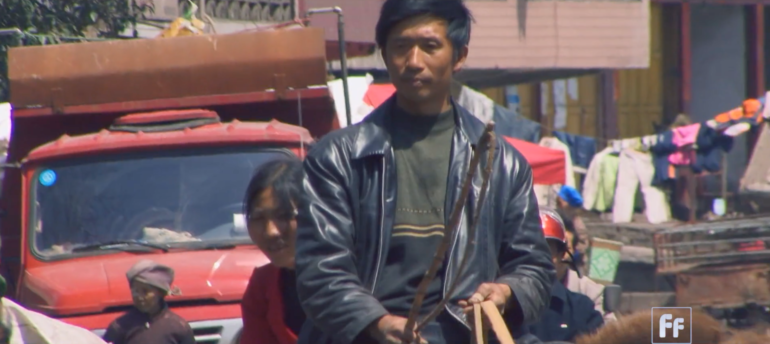For many countries, the Covid-19 pandemic will leave long-lasting scars that ended decades of anti-poverty work.
Extreme poverty — defined as living on $1.90 a day or less — affected more than 9 percent of the global population in 2020. If the pandemic has not happened, the extreme poverty rate would have dropped to 7.9 percent in 2020, according to the World Bank.
China had set a goal of eradicating extreme poverty by 2020, and the country’s leaders did not back down from the goal even in the face of the pandemic. This took a commitment from officials from the national level down to the township level, said Quansheng Zhao, chair of the Asian Studies Research Council at American University and author of Interpreting Chinese Foreign Policy. It also required programs that created a social safety net for the population’s most vulnerable.
“There is the nationwide so-called dibao that is the insurance for low-income families. At least the state would cover some basic needs, such as food, water, electricity and among others,” Zhao said.
Globally, the challenges to getting people out of poverty and keeping them out of poverty are becoming “more dynamic and more complex,” said Pedro Conceicao, director of the United Nations Human Development Report Office.
“The challenges may be very varied and the reasons why people are left behind may be fairly different, in part because sometimes it relates to people that have already moved above the poverty line and they are not thrown back into poverty as a result of shocks like disease, illness or be hit by a natural disaster.”
The report essentially measures the progress each country is making in improving the lives of its citizens by focusing on people rather than solely income and economic growth. China is the only one to have moved from the low human development category to the high human development category since the UNDP first began analyzing global trends in 1990.
“If you have income and are not healthy or haven’t been didn’t have a chance to have an education, then there’s only so much that income can do for you. So we need a more comprehensive approach. And that’s what the human development approach tries to measure, as well as the multidimensional poverty,” Conceicao said.
One anti-poverty project is taking a modern approach to improving people’s livelihoods, while at the same time preserving ancient traditions.
The Miao are an ethnic group based in southern China. Its history and culture are rich, dating back thousands of years. But due to their remote location, Miao villages struggle, economically. In Pengshui Miao and Tujia County, a free training program in Miao embroidery is giving some local people opportunities to make money.
The region is a tourist attraction, but to attract broaden the consumer base for these cultural products, tech company Tencent has introduced Miao landmarks into their popular online games and helped develop local specialties for e-commerce.
“Although the residents of Pengshui are far removed from these games, through people getting to know the locale and buying the traditional Miao products, the poor households are benefiting,” said Li Moruomi, a game developer for Tencent.
 CGTN America
CGTN America
